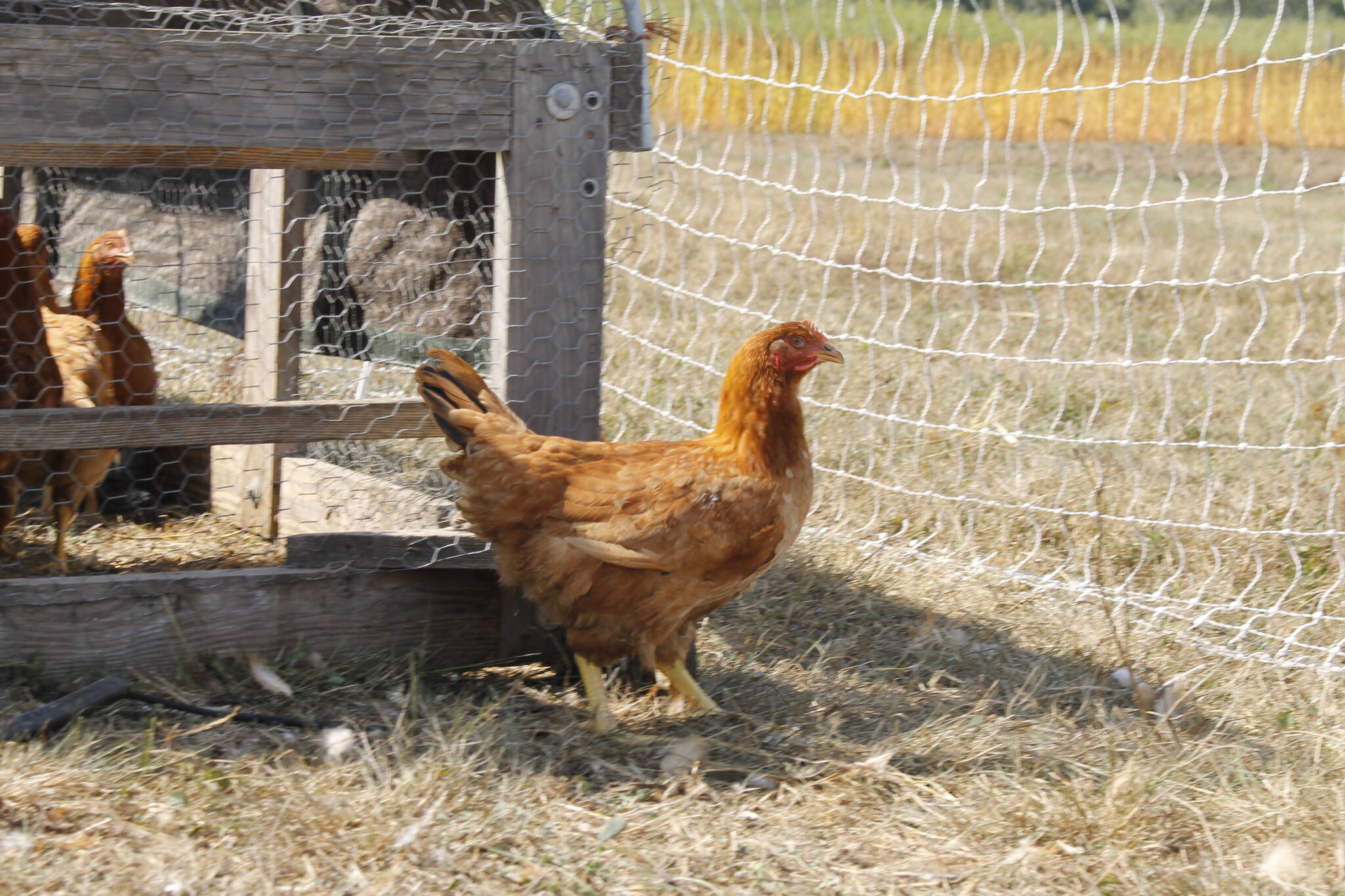B.C.’s second case of domestic avian influenza has been confirmed in a small flock in the City of Kelowna, but it is unclear what the government considers to be a small flock.
READ MORE: B.C.’s second case of domestic avian influenza confirmed in the Okanagan
J.M. Giroux, an Okanagan smallholder farmer and admin to the BC Poultry Group Facebook page said the term “small flock” can be interpreted to mean many things and doesn’t have a set definition.
BC egg considers small lot farms to be farmers with under 399 hens. Under CFIA guidelines, “small flocks” are considered farms with up to 1000 birds.
The provincial government has not yet released their parameters of small and large flocks meaning that the “small flock” that was infected may have consisted of hundreds of birds.
The B.C. Ministry of Agriculture and the CFIA were unavailable for comment on the definition of a “small flock” at the time of this article.
“Numerous field studies have shown that backyard flocks are typically insignificant spreaders of the avian flu,” said Giroux.
“What’s really at risk is large-scale layer farms,” said Giroux.
Amanda Brittain, Director of Communications and Marketing with BC Egg said “the threat is real,” to all birds, and warns farmers and producers with flocks of all sizes to be aware of the severity of the highly pathogenic virus.
Brittain said that domesticated birds, like chickens, have a nearly 100 percent mortality rate when infected, compared to wild birds who can transmit the disease without symptoms.
Giroux said that birds in industrial livestock operations live in close quarters and typically have low genetic diversity because they are from the same parent stock. He explained that because of this, the birds are prime candidates for infections of highly pathogenic viruses, like H5N1.
Giroux alleges that the majority of transmission between large farms is because of the sharing of equipment, truck contamination and workers with contaminated clothing working on multiple farms.
Brittain urges all producers, including those with backyard flocks, to implement bio-security measures and to protect their flocks from potential contamination.
Giroux said that although a recent sample from a bald eagle found in Delta tested positive for the same disease, wild birds are not the primary vector of the disease.
Conversely, Brittain stated, “this is coming from migratory birds.”
She said that it is the government’s position that the spread of the strain of highly pathogenic avian flu is primarily due to feces and nasal secretions from migratory birds.
The government has not yet released data outlining how outbreaks of the virus have spread.
The ministry released an order mandating that “all regulated commercial chicken and turkey operations, as well as commercial duck and geese (both live and egg) producers with 100 or more birds must maintain indoor operations”.
Brittain said that even small-scale producers located on a migratory path of wild birds and those near an outbreak should move their flock indoors.
Giroux said that it is not feasible for backyard producers to move their flock indoors during the outbreak and instead suggests keeping flocks in a clean, low-stress environment with access to diverse foods where they can be “as wild as they can be”.
He emphasized, “forcing your poultry indoors for months can expose them to other sources of disease and infection. For many outside of the control zone, this seems like a simple solution but they are not understanding the impact of poor indoor air quality and the mental stress to birds brought on by confinement.”
Brittain said that if birds cannot be brought inside they should be kept in a covered run and producers should diligently keep their flock away from wild bird feces.
Giroux said that he acknowledges that the highly pathogenic virus can spread quickly and said that when a flock becomes infected the birds are culled to prevent further spread.
Giroux said that he wants to “promote backyard producers and reduce reliance on commercial laying farms”.
He said that this would reduce the impact of illness on our food chain and improve the welfare of layer hens.
According to B.C.’s Ministry of Agriculture and Food, the CFIA and B.C. poultry producers, enhanced prevention and preparedness, measures are in place and the current outbreaks are being monitored to prevent spread.
Both Brittain and Giroux said that in the past, strains of the avian flu caused a near 100 percent mortality rate among infected birds with disastrous impacts on both commercial and small flock producers.
“By no means am I trying to minimize the seriousness of these high pathogenic strains of avian flu,” said Giroux, “Instead, our aim is to de-escelate the hysteria being generated by news articles and public discussions.”
Capital News has reached out to the Ministry of Agriculture and will update this article if more information becomes available.
READ MORE: UPDATE: Avian flu near Enderby creates large control zone
@Rangers_mom
Jacqueline.Gelineau@kelownacapnews.com
Like us on Facebook and follow us on Twitter and subscribe to our daily and subscribe to our daily newsletter.

